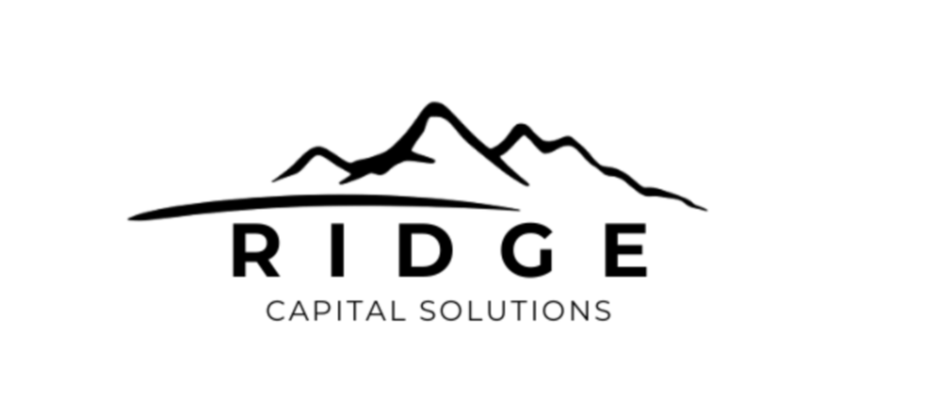Artificial intelligence (AI) is changing the way markets are traded, with platforms now capable of analyzing thousands of data points and executing trades at speeds no human could match. With so many choices available, investors often struggle to know which systems are trustworthy. Asking the right questions before selecting a platform can help avoid costly mistakes. Velantra AI shares their recommendations for what investors should evaluate when choosing an AI trading platform, using their own platform as a case study.
Clarify Your Investment Goals
Before committing to any AI trading system, investors should define whether their focus is on long-term wealth building or short-term gains. Industry research stresses the importance of aligning platform selection with investor objectives. Velantra AI positions its platform toward sustainable long-term compounding, encouraging clients to start with amounts they can afford to put at risk rather than chasing quick wins.
Ask About Strategy Diversification
Many automated platforms rely on a single fixed algorithm. This may perform well under one set of conditions but fail completely when markets shift. Experts recommend evaluating whether a provider offers multiple strategies that can adapt to different market environments. Velantra addresses this directly by deploying between 8 and 31 strategies at the same time, using machine learning to rotate dynamically as conditions change.
Review Risk Management Features
Without proper safeguards, even the most advanced AI can suffer devastating losses. Investors should ask whether a platform provides stop-loss levels, capital protection mechanisms, and diversification across non-correlated assets. Velantra incorporates a built-in equity protection feature that automatically exits all positions if an account ever reaches a 30 percent drawdown, giving investors a clear safety net.
Examine Reliability, Speed, and Data Quality
Execution speed and system reliability are critical. Delays in processing or weak infrastructure can erode even the best-designed strategies. Many industry guides emphasize low latency and robust data as non-negotiable. Velantra operates through Social Trader Tools, a trade copier platform that ensures client accounts mirror the master system in real time, with positions sized proportionally to account balance and chosen risk settings.
Look for Transparency and Audited Results
Investors should ask how performance is tracked and whether results are verified by third parties. Systems that hide data or provide only partial reporting are red flags. Velantra publishes live audited results on platforms such as Myfxbook, which allows investors to verify trade history and performance independently.
Evaluate Usability and Support
A system can only be as effective as the support behind it. Key questions include whether the platform offers responsive customer service, how easy it is to integrate with brokers, and whether investors can start small before scaling. Velantra highlights client flexibility by letting users select their own broker, connect accounts easily through STT, and withdraw funds at any time without lockups.
Support is positioned as a core feature of Velantra’s offering. Clients receive one-on-one onboarding sessions, direct access to technical specialists, and interactive guides that simplify system upkeep. Regular dashboards and service calls are designed to give users confidence in how their accounts are performing and reassurance that questions will be addressed quickly. By combining technology with responsive service, Velantra seeks to create a more approachable entry point for investors who may be new to automated trading.
Consider Infrastructure and Broker Relationships
Institutional investors often stress the importance of secure infrastructure and broker diversification. Even US-regulated institutions have failed in the past, proving that no setup is entirely risk-free. The best approach is to allocate manageable amounts, diversify across multiple brokers, and build confidence gradually. Velantra advises the same: start with smaller allocations, scale slowly, and diversify as confidence grows.
AI trading platforms are not created equal. Investors should ask about strategy diversification, risk management tools, transparency, infrastructure, and client support before committing capital. Velantra AI provides an example of how these principles can be applied in practice, offering a multi-strategy AI system with built-in safeguards and audited transparency.
Disclaimer: Trading involves risk, including possible loss of principal. The information provided here is for educational purposes only and does not represent financial advice or a guarantee of performance. Past results do not predict future outcomes.


